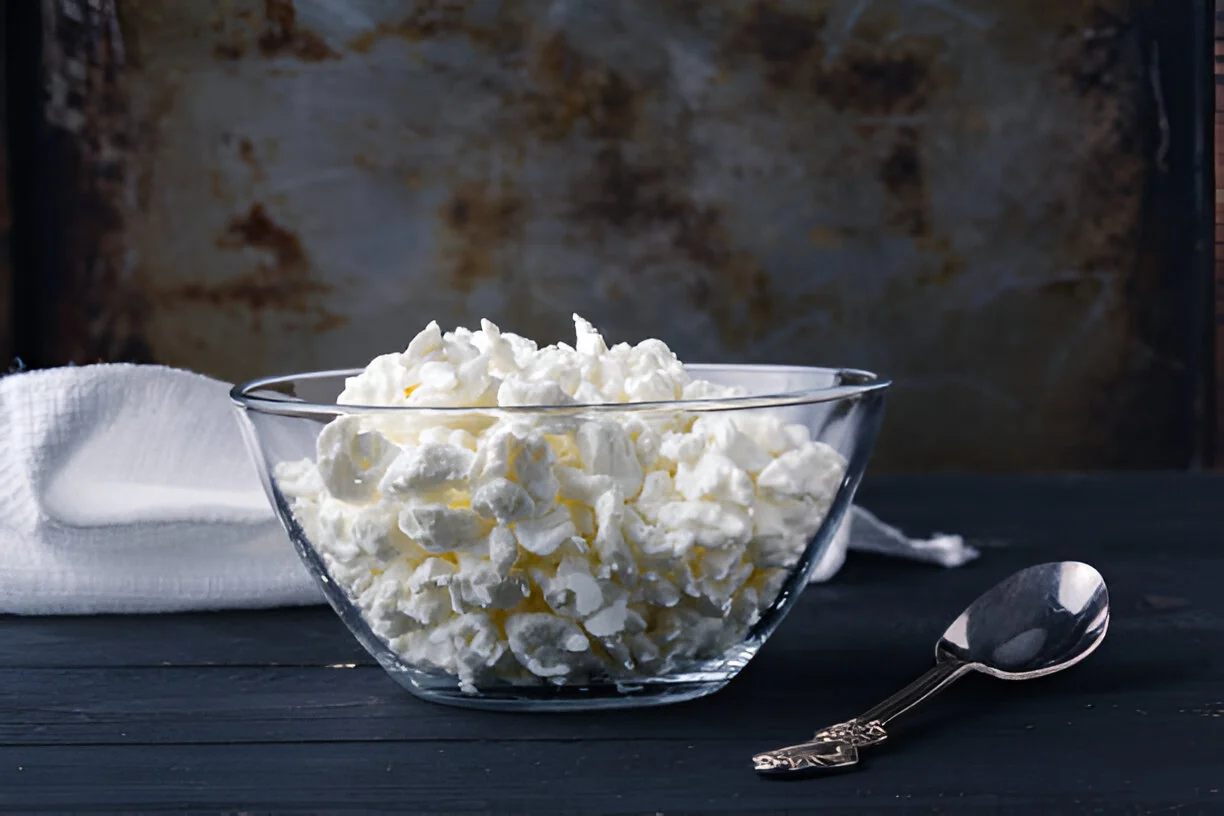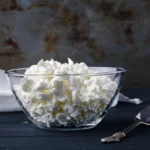Making cheese at home might sound intimidating, but it’s surprisingly simple with the right guidance. This step-by-step guide will teach you how to create delicious homemade cheese using basic ingredients and equipment. Whether you’re a curious foodie or looking for a rewarding culinary project, cheese-making is a fun and satisfying process.
Why Learn to Make Cheese at Home?
Homemade cheese offers several benefits beyond its rich, creamy flavor. You control the ingredients, ensuring no unnecessary additives. It’s cost-effective and allows you to experiment with flavors tailored to your preference. Plus, making cheese is a sustainable choice that reduces waste from packaging.
Essential Ingredients for Cheese Making
To start your cheese-making journey, you’ll need just a handful of simple ingredients:
- Milk: Fresh, whole milk works best. Avoid ultra-pasteurized varieties as they don’t curdle well.
- Rennet: A coagulant that separates milk into curds and whey. Available in liquid or tablet form.
- Cheese Culture: Adds flavor and texture to your cheese. For beginners, use mesophilic or thermophilic cultures.
- Salt: Enhances flavor and acts as a natural preservative.
- Citric Acid or Vinegar: Often used for quick-curd cheese like ricotta.
Tools You’ll Need
Creating cheese doesn’t require fancy equipment. Here’s what you’ll need:
- Large pot
- Cheesecloth or fine strainer
- Thermometer
- Slotted spoon
- Ladle
- Knife for cutting curds
Step-by-Step: How to Make Cheese at Home
1. Choose Your Cheese Type
Start with an easy variety like ricotta, mozzarella, or paneer. These cheeses require minimal aging and are forgiving for beginners.
2. Heat the Milk
Pour the milk into a pot and slowly heat it to the required temperature (usually around 85–90°F for most soft cheeses). Stir gently to prevent scorching.
3. Add Coagulant
Mix in the rennet or acid to start the curdling process. Within minutes, you’ll see the milk separate into solid curds and liquid whey.
4. Cut the Curds
Using a knife, cut the curds into small, even cubes. This step determines the texture of your cheese.
5. Heat and Stir
Gently heat the curds again while stirring to firm them up. The temperature and stirring time vary depending on the cheese type.
6. Drain the Whey
Pour the mixture into a cheesecloth-lined strainer. Allow the whey to drain, leaving behind the curds. Save the whey for other recipes if desired.
7. Shape and Salt
Transfer the curds to a mold or simply form them by hand. Add salt for flavor and preservation.
8. Let It Set
For fresh cheeses like ricotta or paneer, it’s ready to eat! For aged cheeses, store in a cool, humid place to develop flavor over time.
Tips for Perfect Homemade Cheese
- Use Quality Milk: Fresh, whole milk produces better curds.
- Sanitize Tools: Clean equipment prevents contamination.
- Monitor Temperature: Use a reliable thermometer for precise results.
- Practice Patience: Aging cheese requires time but yields amazing flavors.
Delicious Cheese Recipes to Try
- Quick Ricotta: A creamy cheese perfect for pasta or desserts.
- Fresh Mozzarella: Ideal for caprese salads or pizza.
- Paneer: A versatile, protein-packed Indian cheese.
FAQs About Cheese Making
What is the easiest cheese to make at home?
Ricotta and paneer are beginner-friendly cheeses requiring minimal ingredients and no special equipment.
Can I make cheese without rennet?
Yes, acidic ingredients like lemon juice or vinegar can replace rennet in certain recipes.
How long does homemade cheese last?
Fresh cheeses last 3–7 days when refrigerated. Aged cheeses can last several months if stored properly.
Do I need special equipment for cheese making?
No, basic kitchen tools like a pot, thermometer, and cheesecloth are sufficient for most recipes.
Is cheese making expensive?
Not at all! Many cheeses cost less to make at home than store-bought varieties, especially over time.
Can I use non-dairy milk for cheese?
Yes, but results vary. Coconut or cashew milk work well for vegan cheese recipes.
Conclusion
Learning how to make cheese at home easily is a fulfilling and delicious skill. From the creamy simplicity of ricotta to the gooey perfection of mozzarella, homemade cheese elevates your culinary adventures. With practice, patience, and a pinch of creativity, you’ll be crafting your cheese masterpieces in no time.








2 thoughts on “Learn How to Make Cheese at Home Easily”